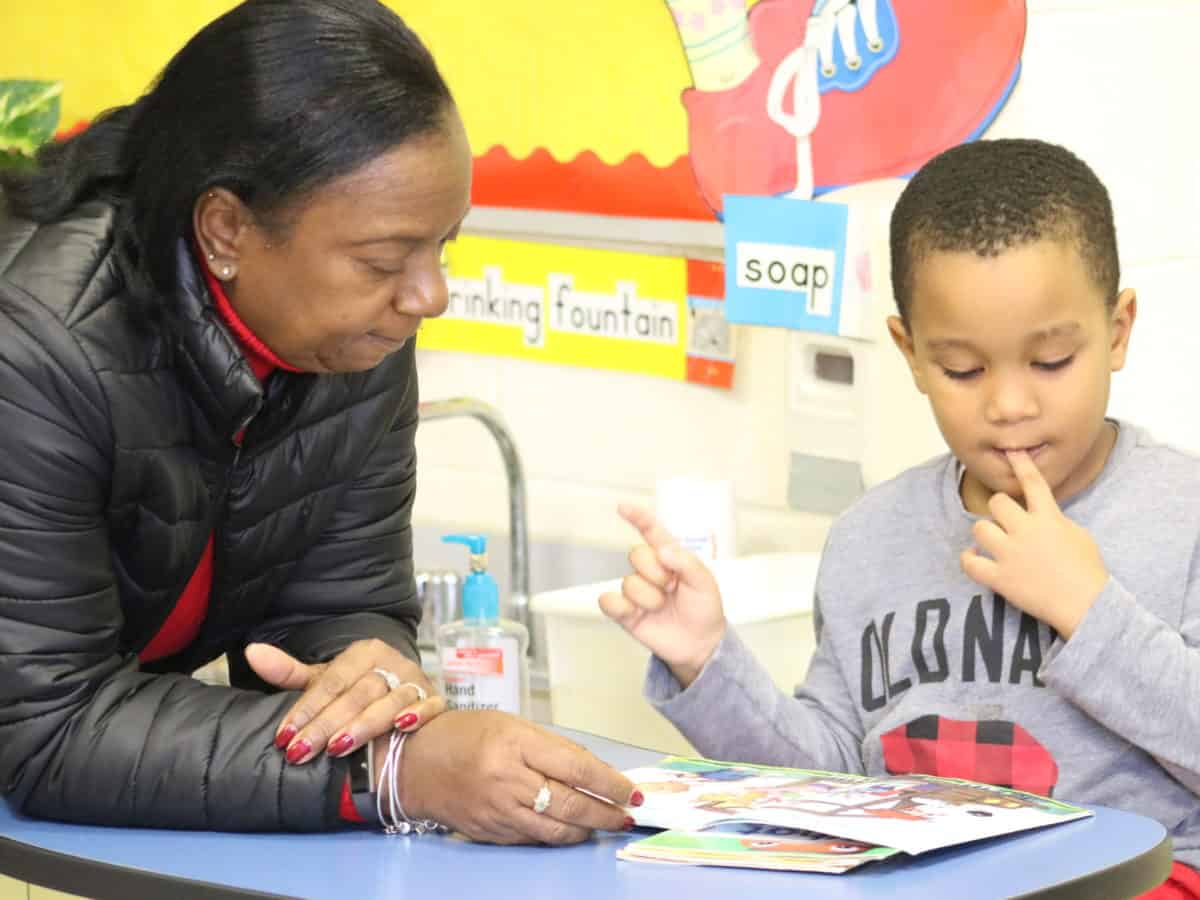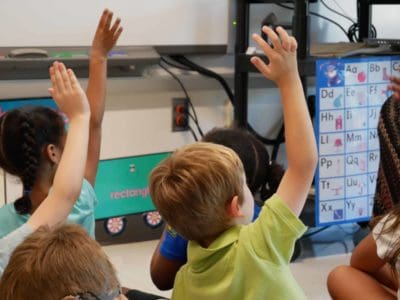

Education leaders and reading experts are asking how to shift reading instruction and proficiency in North Carolina as student results lag despite state investments. Those questions were discussed Thursday at the second meeting of a task force charged with guiding the State Board of Education’s literacy efforts.
Tara Galloway, K-3 literacy director for the state Department of Public Instruction (DPI), said at the meeting that teachers often don’t know that their reading instruction strategies are not as effective as they could be. If they do know, she said, they often lack the control to make changes in curriculum or instruction.
“We know that everybody across the state has local control on what curriculum they choose,” Galloway said to the PreK-12 Literacy Instruction and Teacher Preparation Task Force. “And that’s one of the ideas of this task force, is the urgency to make sure that teachers have in their hands the tools that are actually based on evidence that can change these outcomes for our students.”
At the heart of the conversation Thursday was a push toward classroom practices rooted in the “science of reading” — a term that references certain research-based practices in teaching children to read.
Galloway said many districts use curriculum that is instead based on “balanced literacy,” which often includes such teaching strategies as guessing words based on context and giving children books based on reading levels.
But Kristin Gehsmann — East Carolina University’s department chair of literacy studies, English education, and history education — said that there is still debate about best practices in reading instruction and that the term “science of reading” was created by media outlets instead of researchers or educators.
Gehsmann said that such aspects of reading as oral language, motivation, and writing are not addressed in the five components of reading that most “science of reading” proponents use (phonemic awareness, fluency, phonics, comprehension, and vocabulary).
She said the group needs to agree on a definition of high-quality reading instruction and warned members not to confuse causation and correlation.
“We are making some assumptions here that if we just do this one thing … differently — if teachers stopped cueing students with prompts and they just followed this curriculum — that we would solve this problem,” Gehsmann said.
She went on to say that students who need the most support are often not having basic needs like health care met outside of school.
“This is an equity issue that will not simply be solved by eliminating cueing in our reading classrooms,” she said. “I want us to be very, very careful about oversimplifying the complexity of this issue.”
The committee is charged with making recommendations to the state board in March on how pre-service preparation, professional learning, and instructional materials can change to reflect effective, evidence-based reading instruction.
Besides needing agreement on a definition, members are grappling with how the state can guide classroom practice, which resources they would recommend to districts, and how educator preparation programs can connect teacher candidates with quality classroom experiences.
North Carolina’s 2019 teacher of the year, Mariah Morris, said teachers will need school-wide and district-wide support, as well as resources from the state, to change instructional practices.
“We have this pedagogical shift that needs to be taught to the teachers in the EPPs (educator preparation programs) to understand this mindset shift to how we teach reading, but then this instructional support — looking at schools of poverty, looking at students of poverty within all schools — and understand that no matter what shift we make, it’s not going to happen with fidelity unless that instructional support and funding from the General Assembly that comes with implementing it happens.”
Subcommittees broke out Thursday to get started on their recommendations. For the group discussing educator preparation/licensure, members included a focus on standards rather than mandating specific courses, a need for state support for relationships between preparation programs and districts, and an emphasis on competency-based assessments for education students.
For instructional materials/curriculum, members suggested creating a DPI process to recommend specific materials to districts, giving funding to districts to purchase those materials and train teachers, and developing a state observation tool to assess reading instruction in the classroom.
The subcommittee tackling professional learning mentioned the importance of hands-on professional development; the need for a definition of high-quality reading instruction and for demonstrations of what that looks like in the classroom; and the development of a tool to assess the effectiveness of these professional development opportunities.
The task force will meet again in February at N.C. State University’s Friday Institute for Educational Innovation.


